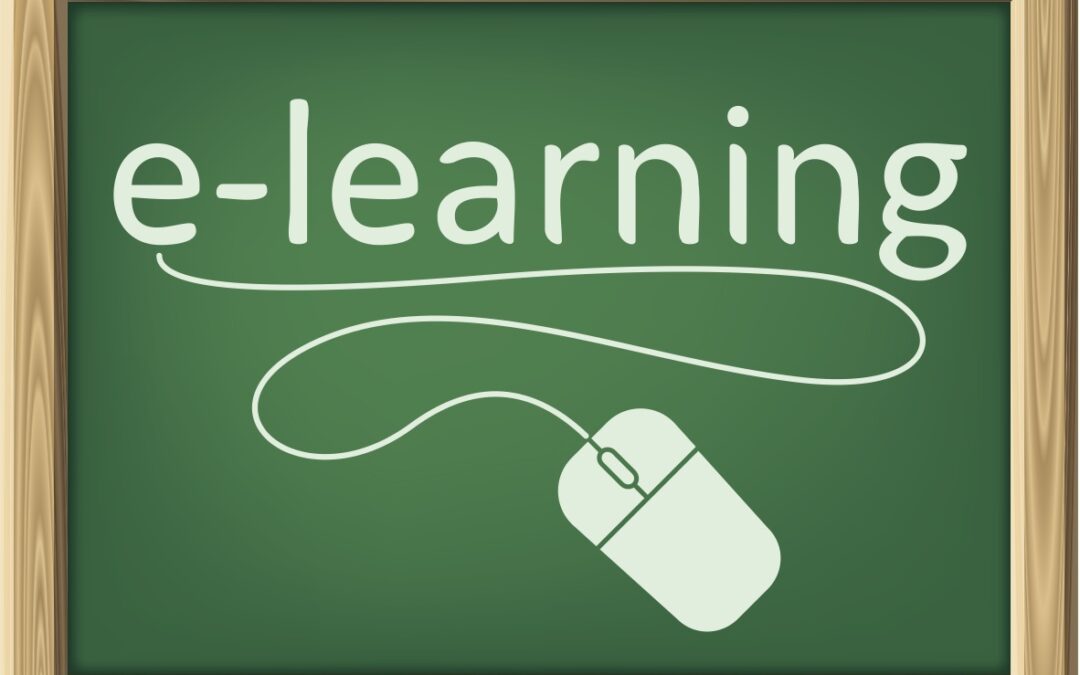For many students around the world, one of the most unprecedented semesters in their academic history is now over. It is obvious that the sudden shift to online instruction during the pandemic was unexpected, and came at the expense of the quality of education most students and school officials are accustomed to. Most perceive mass online education as a challenge—one that was not completely conquered during the pandemic. Students and teachers alike had to adapt to using technology, including participating in lessons in video form, and using new systems for submitting and grading assignments, all while battling uncertainty and anxiety.
Many students found it difficult to focus on coursework while learning in an online environment. The efficiency of learning severely drops when a student is restricted to learning online versus of in-person. A facilitator or mentor, such as a parent, is needed to encourage students to remain focused in an online environment, but many people are incapable of making that a reality in their day-to-day lives, even with the entire family stuck at home. It is easy to delay assignments without the constant reminder of being in a classroom, and it is even easier to be distracted when the internet is at one’s fingertips, which can result in surfing the internet, playing video games, and shopping online.
The flexibility of an online course schedule, though marketed as an advantage, only leads to greater procrastination and less motivation by students. Permanent online schools experience more success in test scores and grades because they typically implement a set a schedule for their students. This wasn’t the case recently with many school districts and individual schools since they did not have standardized protocols in place regarding class schedules. Holding students accountable is a necessary component for maintaining students’ motivation for academic achievement.
Accessibility was one of the greatest challenges faced by the schools during the pandemic as they made the transition to online learning. While online courses make education accessible to those who choose not to attend brick-and-mortar schools, the mass migration to the internet rendered education inaccessible to many who could not obtain a steady internet connection, or to those who did not own electronic devices. Schools with sufficient resources helped their students access technology, but not all schools were in a position to assist their pupils in this manner.
Another challenge faced by students and teachers was the sudden barrier to effective communication. Previously, students had been able to access teachers with ease throughout the school day, but during COVID-19 they now had to depend on communicating via email and scheduling office hour appointments online in order to receive guidance.
Accessibility to peers was another unexpected challenge. Students in brick-and-mortar schools are able to ask each other questions in class to help clarify concepts, or collaborate on projects. They can engage in completing homework sitting side-by-side, thus contributing ideas to each other’s work. Students in lockdown had to text, call, or email each other with no guarantee that the other students were doing the work or understood the concepts. Collaborative learning was lost completely.
Overall, it was a challenging semester. It is doubtful that the students learned to their fullest potential while in quarantine. However, much was gained by teachers and other educational professionals about how to conduct effective online learning. If the pandemic restrictions continue into the fall term, it can be assured the process will be smoother. Teachers have had time to master online platforms, and students have adjusted to the challenges of online learning.
Legal Disclaimer
This blog article is the intellectual property of Global Academic Consultants. All rights reserved. The material may not be reproduced or distributed, in whole or in part, without the prior written permission of Global Academic Consultants. Any reproduction or distribution, in whatever form and by whatever media, is expressly prohibited without the prior written consent of Global Academic Consultants. Although the author has made every effort to ensure that the information in this blog article was correct at posting time, the author does not assume and hereby disclaim any liability to any party for any loss, damage, or disruption caused by errors or omissions, whether such errors or omissions result from negligence, accident, or any other cause.

